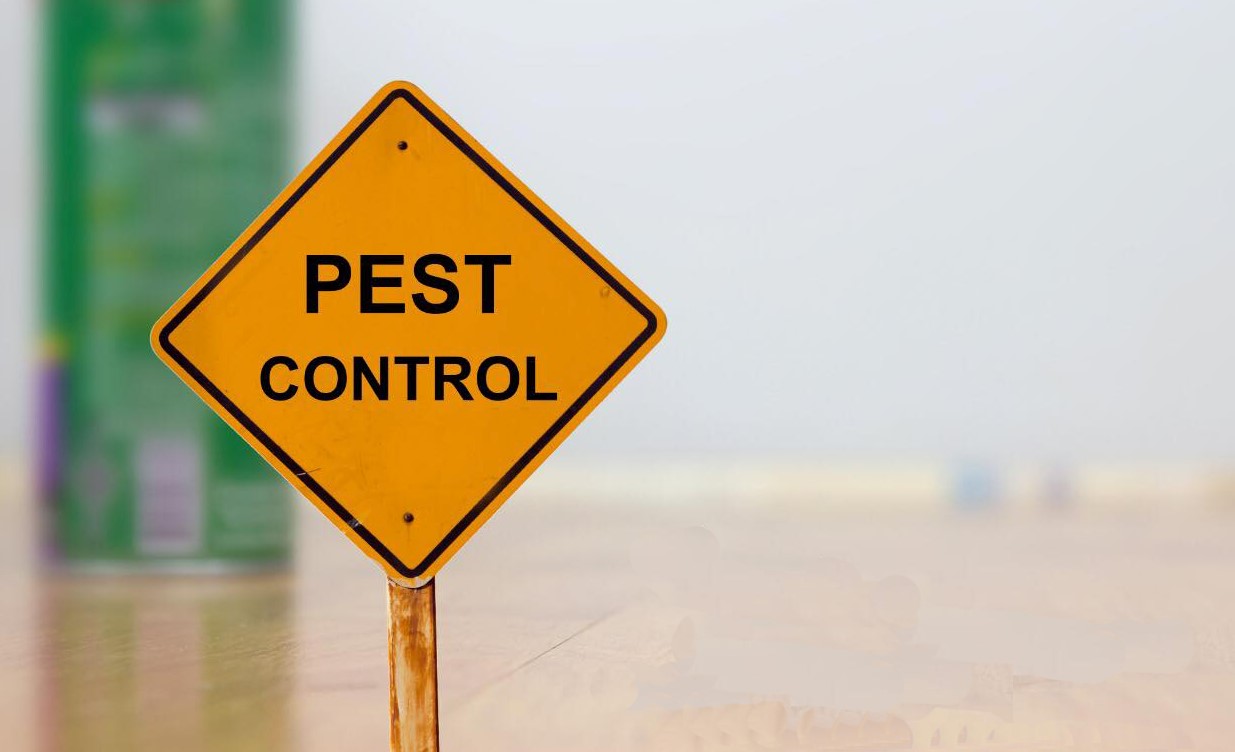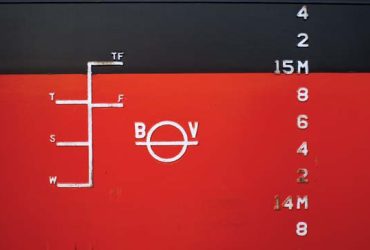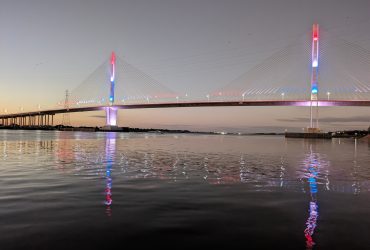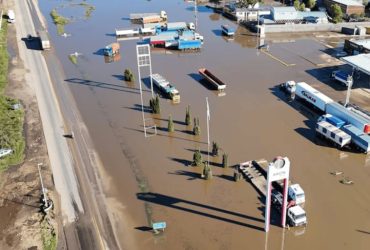[UPDATED INFORMATION] Since on April of 2018 the National Health and Agrifood Quality Service [SENASA] declared the phytosanitary alert within the whole territory of the Argentine Republic regarding the Lymantria dispar plague (gypsy moth) Asian breed, a plague which had been absent in the country, and since in the world there is a significant increase in the introduction of non-native species to new areas, the National Health and Agrifood Quality Service [SENASA], by Resolution RESOL-2020-764-APN-PRES#SENASA with its two integrated Appendixes, determines the phytosanitary requirements for transport vessels that have sailed or remained in areas with Lymantria dispar plague (gypsy moth) Asian or Japanese breed, during the last twenty-four (24) months, counting from the arrival of the vessel at Argentine ports. This Resolution has entered into force on April 12th of 2021.
The vessel shall be protected by a Certificate of Vessel Free of Gypsy Moth Asian (PGRA) or Japanese (PGRJ) Breed, issued by the Phytosanitary Authority within the country or any other body exercising official control, corresponding to the last port of stay or departure of the vessel in areas with the aforementioned plagues. All those vessels that have sailed or remained in areas with PGRA and/or PGRJ in a period different to the time of female moth’s flight* within this resolution, shall be exempt from presenting the Certificate required in this rule.
All international shipping vessels arriving in the country from areas with PGRA and/or PGRJ shall be informed by their Shipping Agent, seventy-two (72) hours in advance through the SIG-RES (regulated waste) Platform of SENASA, where there is an app specifically created for this purpose, complementing the information with the list of ports of call of the last twenty-four (24) months.
The National Directorate of Vegetable Protection within SENASA shall perform the risk assessment of those vessels entering that have called during the last twenty-four (24) months in areas with PGRA and/or PGRH, either at the female period of flight or not.
The variables to be considered in the risk assessment process by the enforcement authority are:
- navigation periods within risk areas,
- official certificates of vessels free of PGRA and/or PGRJ,
- variations in the population dynamic of plagues in its area of origin,
- records of population outbreaks in the area of origin,
- background of interceptions in the country,
- notification of interceptions by other National Phytosanitary Protection Bodies.
The risk assessment process shall yield the following results:
Without inspection: It allows the free navigation of the vessel in Argentine ports.
With inspection: vessels with inspection will not be required to comply with it prior entering to the port and commencing operations. Inspection could be arranged for the first available daytime schedule during vessel’s stay at port, thus avoiding unnecessary delays and obstacles. Furthermore, the visit shall, in all cases, be carried on at dock, subject to the vessel and terminal’s safety criteria. Inspection will not last more than two hours. (Vessels shall be inspected in the first port of call by SENASA).
If the arrival information is not received on time, an inspection will be done, regardless of the risk profile the vessel may have.
Tentatively, inspection will be free of charge, and so will be the laboratory analysis that will be made by SENASA. It is recommended to take the proper previsions in case the inspections or clean services have to be done on non-working days.
If the presence of the aforementioned plagues is observed, phytosanitary measures shall be established depending on the risk detected:
a) In the case of presence of eggs masses, the cleaning and phytosanitary treatment of the vessel in port by a duly authorized company shall be ordered. Subsequently, the vessel shall be re-inspected by SENASA, before the Maritime Authority shall allow the free navigation through national ports.
b) In the case of presence of first instar larvae, the Shipping Agency shall be notified and the Maritime Authority shall be requested to immediately send the vessel to a suitable turn for its cleaning and phytosanitary treatment, by a duly authorized company. Subsequently, the vessel shall be re-inspected by SENASA, before the Maritime Authority shall allow the free navigation through national ports.
c) Facing the impossibility of applying the phytosanitary measures mentioned in subsections a) or b), the Shipping Agency shall be notified and the Maritime Authority shall be requested not to authorize the vessel to enter national ports.
Charges arising from the cleaning and the phytosanitary treatment will be in charge of the vessel and/or its Shipping Agency.
|
COUNTRY/AREA |
PORT | PERIOD OF FLIGHT* |
|
Eastern Russia |
Petropavlovsk-Kamchatskiy; Vanino; Nevelsk; Kholmsk; Korsakov; Kozmino; Slavyanka; Posiet; Zarubino; Vostochny; Nakhodka; Vladivostok | From July 15th to September 25th |
|
China |
All ports |
From June 1st to September 30th |
|
Korea |
Busan; Jinhae; Masan; Tongyeong; Jangseongpo; Okpo; Gohyeon; Incheon; Pyeongtaek-Dangjin; Daesan; Taean; Donghae-Mukho; Okgye; Hosan; Ulsan; Pohang; Gwangyang; Hadong; Samcheonpo; Yeosu; Gunsan; Mokpo; Boryeong |
From June 1st to September 30th |
|
North Japan |
Aomori; Fukushima; Hokkaido: Iwate; Miyagi |
From June 1st to September 30th |
|
Western Japan |
Akita; Ishikawa; Niigata; Toyama; Yamagata |
From June 25th to September 15th |
| South Japan |
Ehime, Fukuoka; Hiroshima; Hyogo; Kagawa; Kagoshima; Kochi; Kumamoto; Kyoto; Miyazaki; Nagasaki; Oita; Okayama; Osaka; Saga; Shimane; Tokushima; Tottori; Wakayama; Yamaguchi |
From June 1st to August 10th |
The Authority also indicated that the procedures manual implemented will be dynamic and subject to adaptations that may arise from its application.
The procedure applied by SENASA includes most of the suggestions made by the Centro de Navegación.




